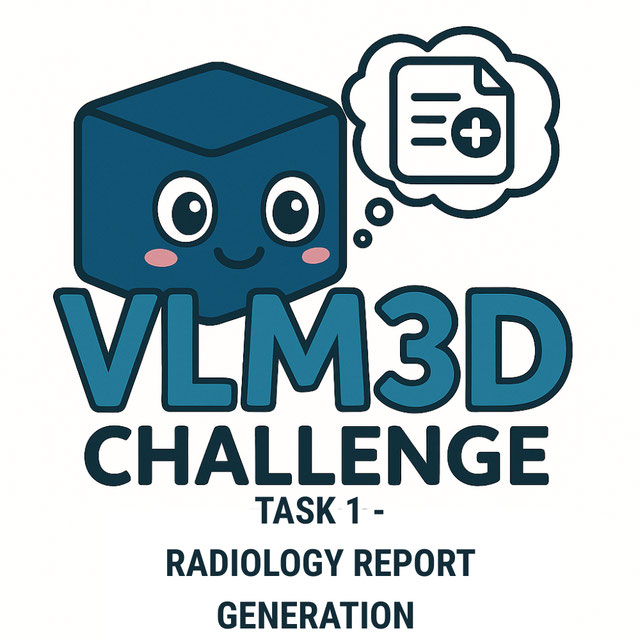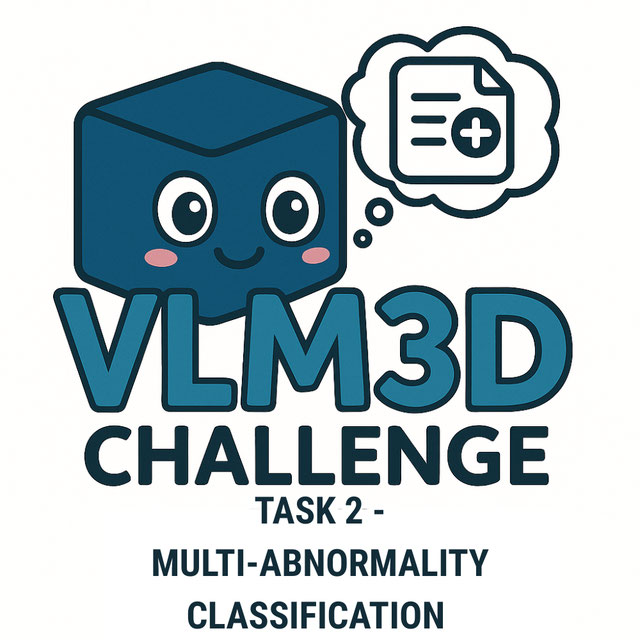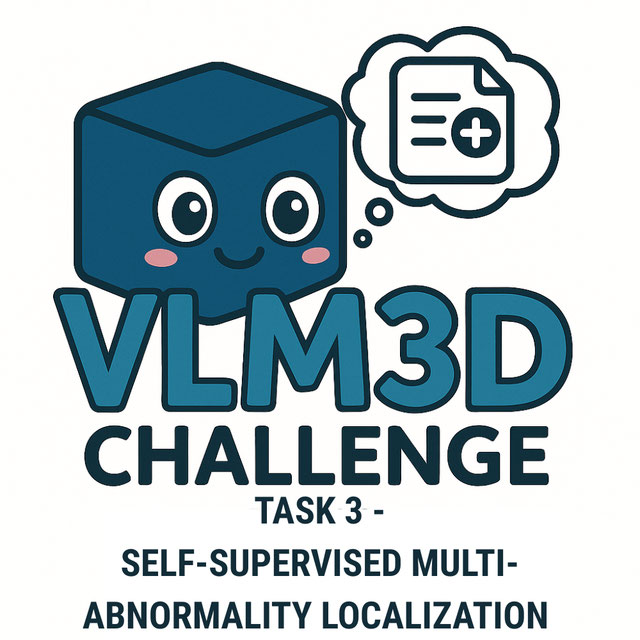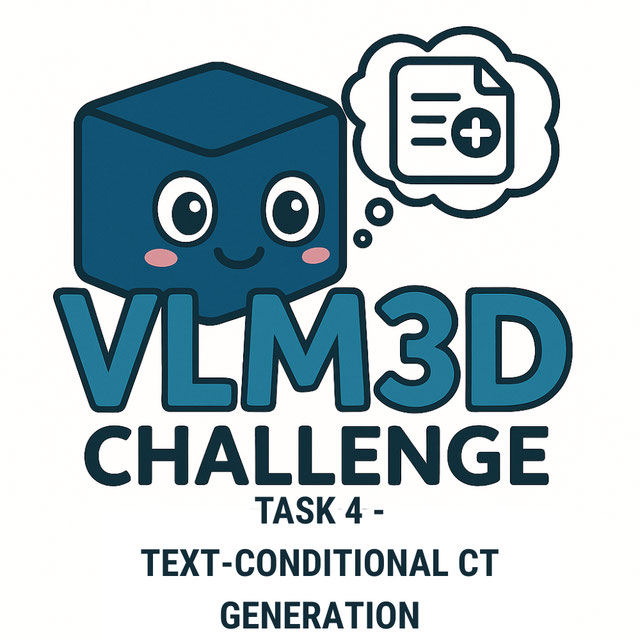Daniele Molino
daniele.molino
- Italy
- Università Campus Bio-Medico di Roma
- Engineering
Statistics
- Member for 6 months, 3 weeks
- 3 challenge submissions
- 23 algorithms run
Activity Overview
Task 1: Radiology Report Generation
Challenge UserParticipants build vision‑language models that translate a complete 3‑D chest CT scan into a free‑text radiology report covering findings and impression; performance is assessed with standard NLG scores (BLEU, METEOR, ROUGE‑L) plus the clinically aware CRG metric, using the CT‑RATE dataset split into public train/validation and hidden internal+external test sets.
Task 2: Multi-Abnormality Classification
Challenge UserGiven a volumetric chest CT, algorithms must output an 18‑length binary vector indicating the presence of common thoracic conditions (e.g., pleural effusion, lung nodule); evaluation on hidden test cohorts combines AUROC, F1, Precision, Recall, and Accuracy, with point‑based ranking driven by permutation‑test wins.
Task 3: Self-Supervised Multi-Abnormality Localization
Challenge UserParticipants synthesize anatomically plausible 3‑D chest CT volumes directly from radiology text prompts, aiming for high visual fidelity, realistic Hounsfield distributions, and tight semantic alignment; success is measured with CT‑adapted generative metrics (FVDI3D, FVDCT‑Net, CT‑CLIP, FID) and ranked via the same permutation‑based point system.
Task 4: Text-Conditional CT Generation
Challenge UserWithout voxel‑level labels during training, systems must localize five key pathologies—pericardial effusion, pleural effusion, consolidation, lung opacity, and lung nodule—producing 3‑D heat‑maps that are scored on Dice, IoU, Hausdorff‑95, and Sensitivity against expert masks for 2000 hidden test scans.





